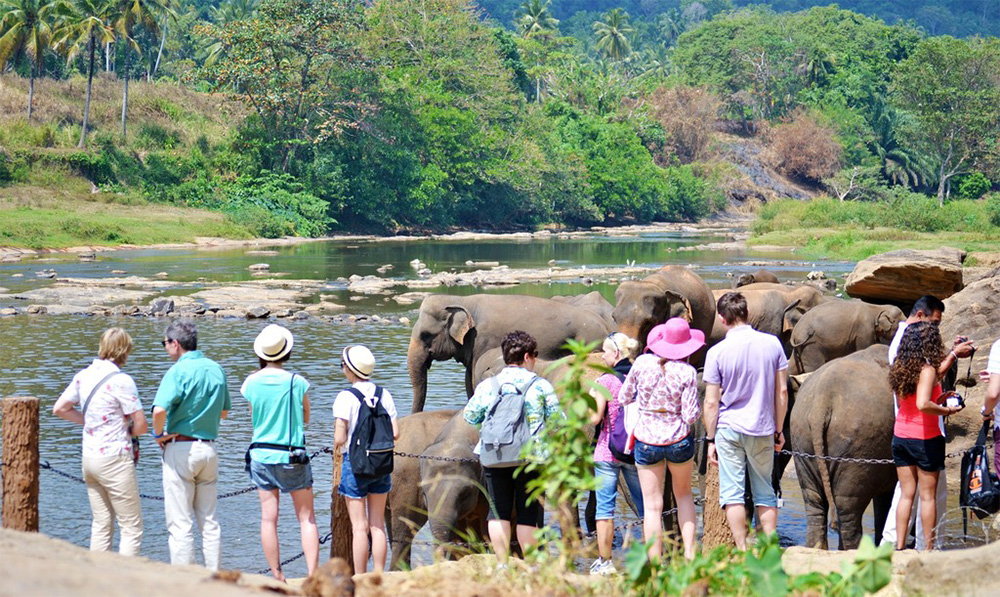Sri Lanka fell short of its 2024 target of 2.3 million tourist arrivals but achieved its third-highest annual influx with 2,053,465 visitors, reflecting a 38.1% growth compared to 1,487,303 in 2023. Indian and Russian travelers led the numbers, contributing 20% and 9.8% of the arrivals, respectively.
The island’s highest tourist arrivals were recorded in 2018, with 2,333,796 visitors, followed by 2,116,407 in 2017. Despite challenges like visa process confusion and economic turbulence, monthly arrivals showed consistent growth year-over-year.
Tourism, once contributing 5% to GDP at its peak in 2018, generated $2.81 billion in the first 11 months of 2024, with annual earnings expected to exceed $3 billion. The industry’s resilience has been bolstered by government and private initiatives, helping it recover from setbacks like the 2019 Easter Sunday attacks, the COVID-19 pandemic, and the 2022 economic crisis.
Sri Lanka remains a prime destination for its tropical beaches, UNESCO World Heritage sites, and diverse eco-tourism offerings, drawing visitors to iconic locations like Sigiriya, Nuwara Eliya, and Yala National Park.


